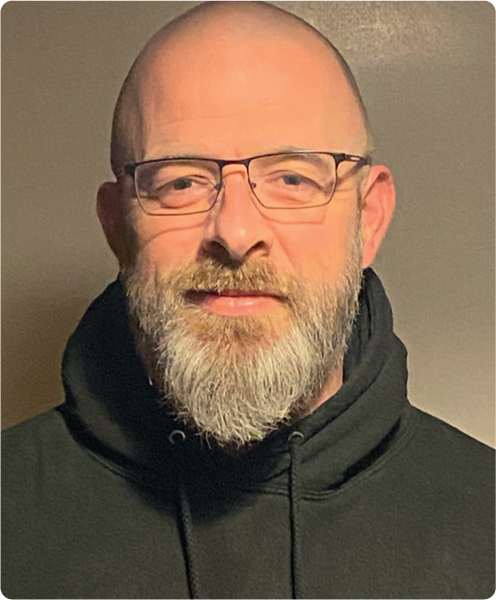
Simulation, in its various forms, has become a fundamental component of creating a competent and confident clinical practitioner.
Currently, the amount of empirical research regarding its impact and efficacy in paramedic education is limited. However, paramedicine is a relatively new discipline in UK universities, and it is only recently that a degree was required in order to qualify one to become a paramedic. In addition, prehospital emergency care is also an under-researched field of study. Given these two factors, it is to be expected that research regarding the impact of simulation on education is limited.
Keele University and its new Paramedic Science MSci programme uses simulation to develop the skills and confidence of its prospective practitioners, as do many paramedic programmes throughout the world. The large Keele campus has a variety of locations that can be used to offer students a real-life environment to enable the development of their skills. The paramedic science staff, the medical school, and the university have worked hard to gather equipment and personnel that can add a further level of realism to scenarios that are developed for simulation-based training. These include a training ambulance, a car that has been specially modified to be broken down into various sections to allow for road traffic collisions and extrication training and many other differing pieces of equipment such as the iSimulate that acts as the equivalent for a LifePak or Zoll monitor and defibrillator. The University is continually looking to improve facilities for students by developing areas of the university for simulation purposes.
From a personal perspective, I find simulation training an extremely valuable opportunity to develop skills and confidence. As university students, we do not have the same level of exposure to patients as students who work for the various ambulance trusts. This being the case, simulation offers a valuable opportunity to become more confident and is only limited by the imagination of those that develop the scenarios. Simulations can cover a vast array of incidents and experience, from carrying out basic clinical functions such intramuscular injections, airway management and history-taking from a simulated patient to major trauma and major incident training. In essence, they can prepare you for almost anything you may see in practice and give you the safe and secure environment in which to practice skills without the fear of making mistakes. When coupled with the time spent out on practice placement, be it with an ambulance service or within a hospital setting, we gain an equal amount of experience to any other student, whether they are following a path through university or through an ambulance trust. Obviously, people learn in different ways and there are many models of learning and teaching that have been developed. A mixture of traditional classroom-based education coupled with practice placement and simulations addresses many of these learning styles. As such, it can allow students of medical disciplines to flourish and, ultimately, to achieve their goals.

